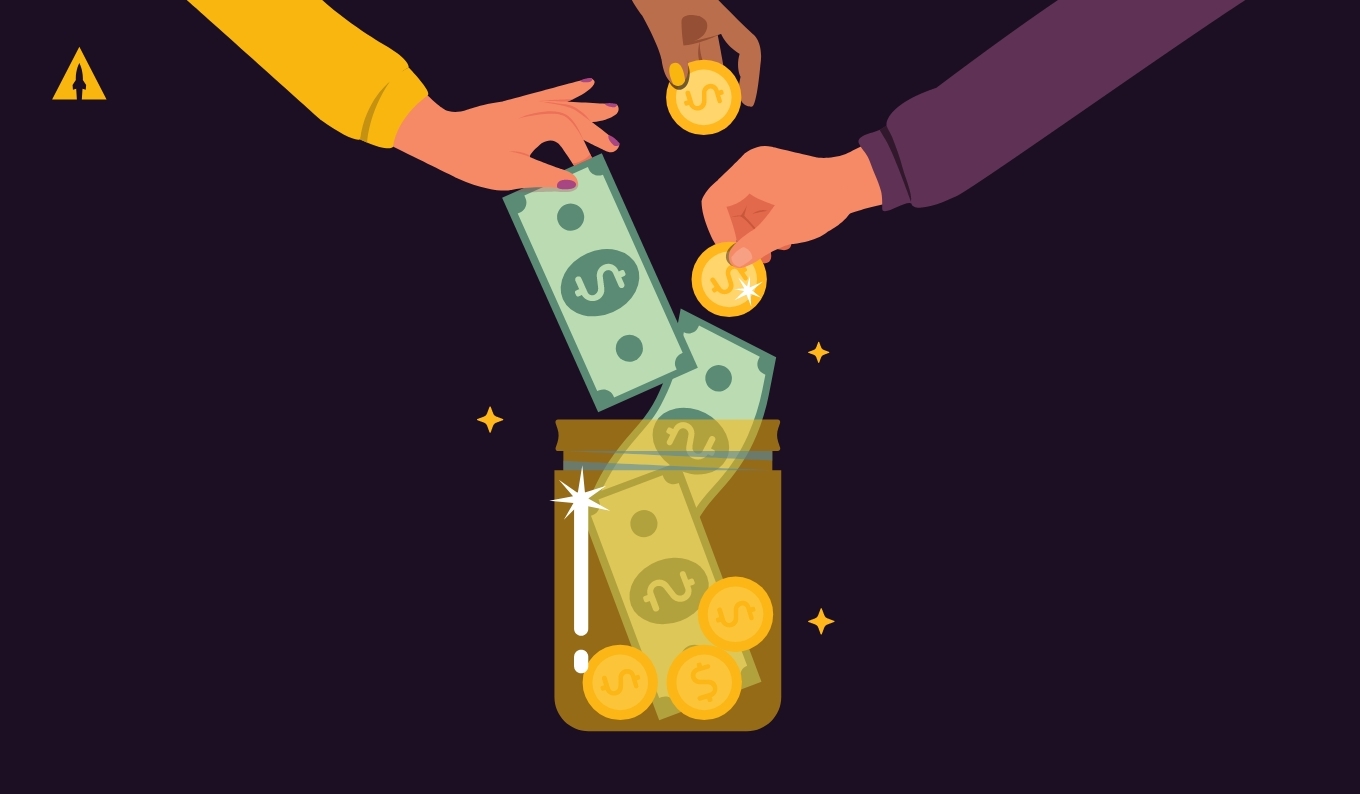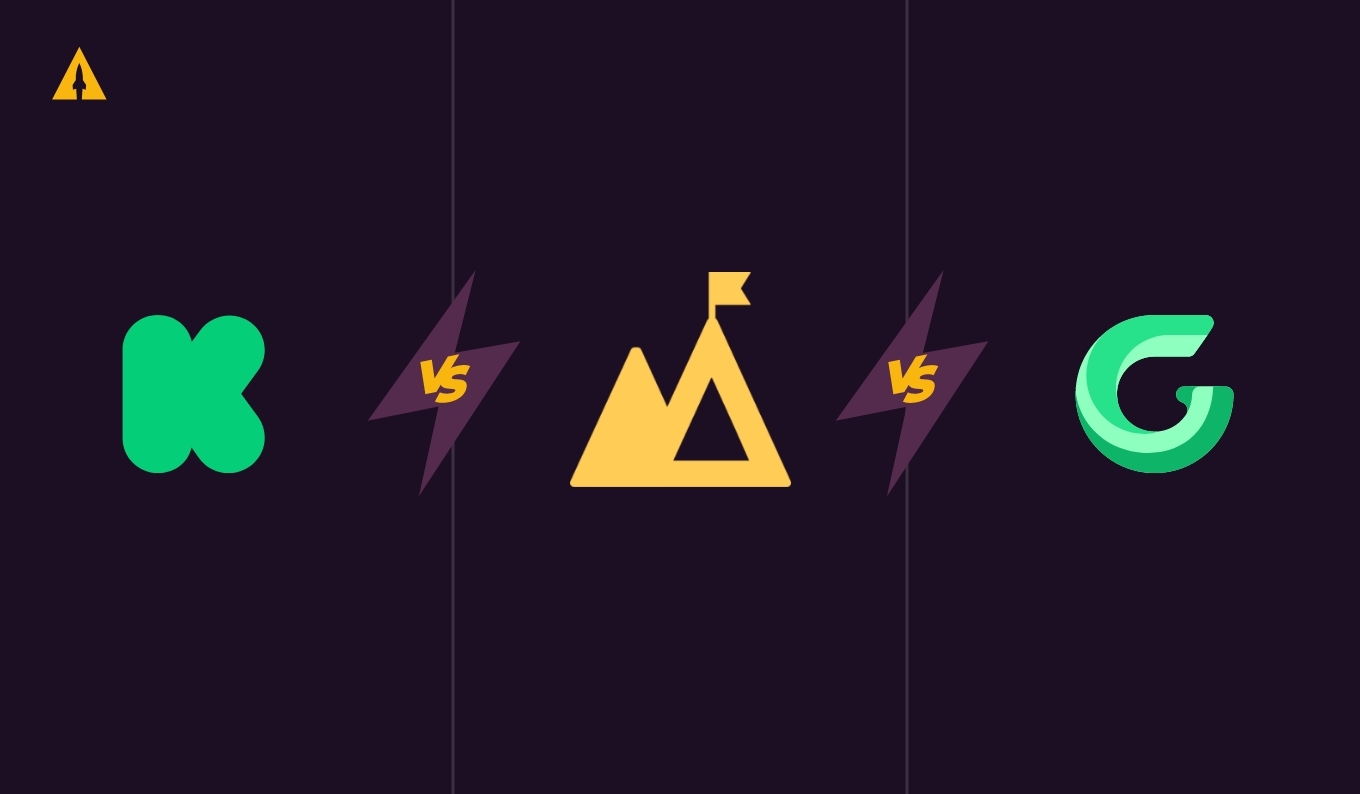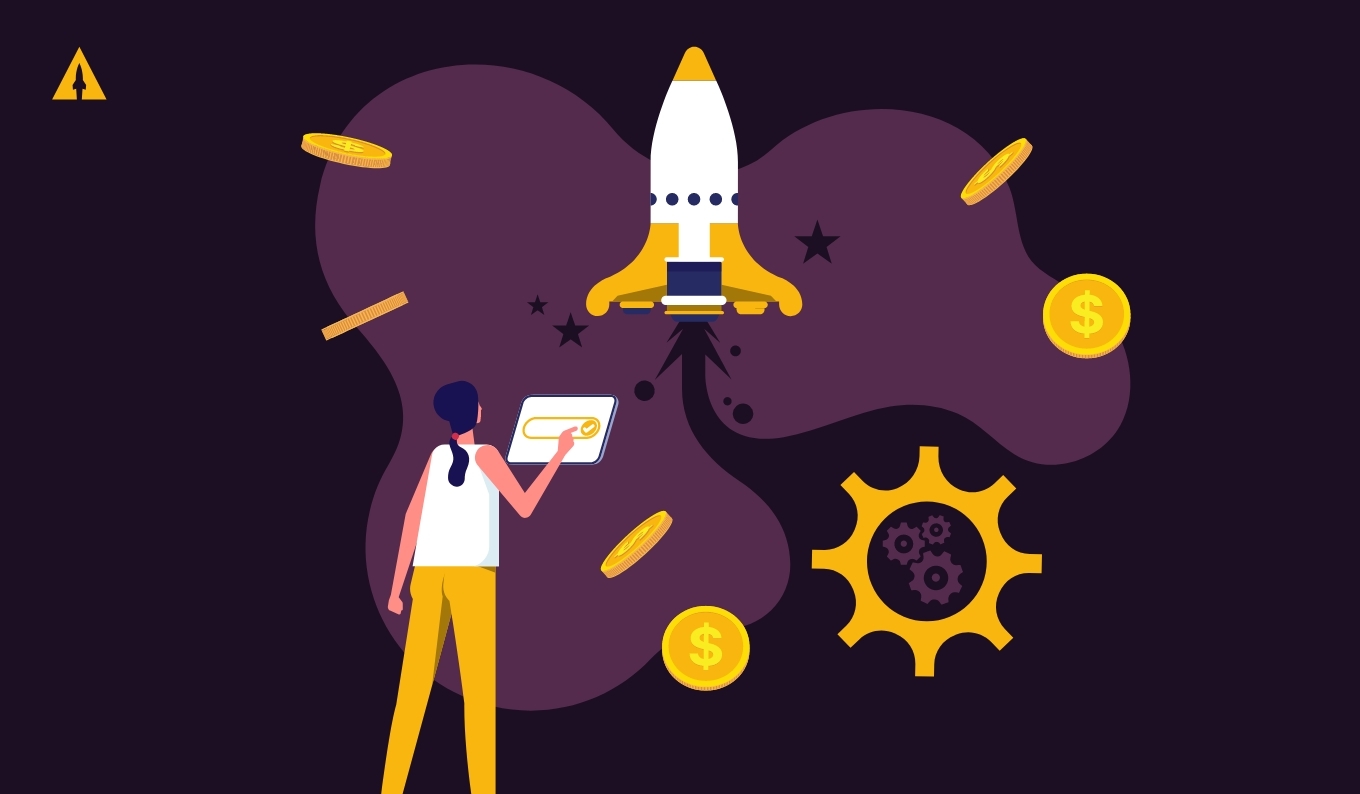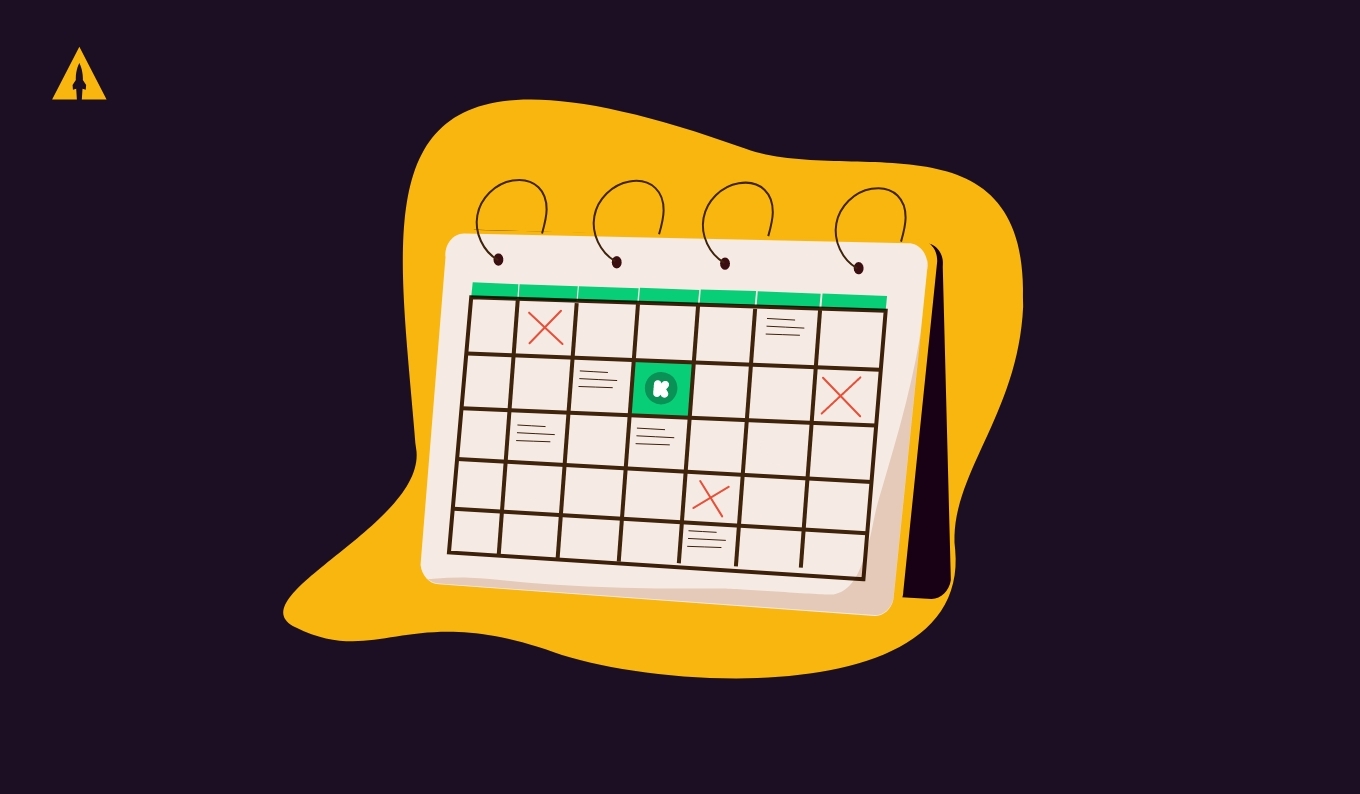
Designing a product and getting it made is challenging enough. You pour your heart into creation, perfect every detail, and then face the moment of truth: when to actually launch this thing into the world?
The sooner you launch, the quicker you start making money, right?
Well, it’s more nuanced than that. And those nuances matter.
In this post I’ll break down everything there is to know about choosing the best time to launch a kickstarter campaign—from the month to the day of the week, all the way down to the precise hour. It may seem excessive, but our experience across thousands of crowdfunding launches has taught us the subtle rhythms that maximize a campaign’s potential.
My insights come from analyzing data from 342,287 Kickstarter projects and my firsthand experience guiding more than a thousand campaigns to success. I’ve seen the patterns. I’ve witnessed the failures. And I know exactly what works.
In this guide, I’ll explore these five critical timing factors:
- The best day of the week to launch
- The best time of day to launch
- The ideal month to launch
- How seasonality affects launch timing
- How to know when you’re actually ready to launch
Alright, let’s dive in.
Contents
- Key takeaways
- What Does “Best Time to Launch a Kickstarter Campaign” Really Mean?
- The Best Day, Month, and Time of Year To Launch Your Kickstarter Campaign
- Launch During the Right Season
- How To Know When You’re Ready to Launch
- Final Thoughts
- Best Time to Launch a Kickstarter Campaign: Frequently Asked Questions
Key takeaways
- The best day to launch a Kickstarter campaign is Tuesday, when people have settled into their work week and are more likely to engage
- Launch early in the morning (around 8-10 AM) in the timezone where most of your potential backers live
- Avoid launching in December or during holiday seasons when competition for attention and ad costs are highest
- For seasonal products, launch during the season when people will USE your product, not when they’ll RECEIVE it
- You’re ready to launch when you have a pre-launch email list large enough to hit your funding goal on day one
What Does “Best Time to Launch a Kickstarter Campaign” Really Mean?
When we think about the “best time” to launch, we need to consider it from multiple angles.
First, there’s what the data objectively tells us. The raw numbers reveal patterns of human behavior—when people are most likely to back projects, when they’re most receptive to new ideas, when their attention is least fragmented by competition.
That’s where the data from Kick Notify comes in that I’ll be referencing throughout. It helps us understand two essential metrics:
- The number of campaigns launched during a specific time period
- The average number of backers per project during a specific time period
By studying these patterns, we’ll have a strong foundation for making informed decisions.
But raw data only tells part of the story. Your specific campaign exists in a context all its own—your unique product category, your particular audience demographics, your distinct marketing approach. I’ll show you why these matters and more importantly, how they’ll tell you the best time to launch.
The Best Day, Month, and Time of Year To Launch Your Kickstarter Campaign
Let’s examine the data and pinpoint exactly when to launch for maximum impact.
Best Day of the Week

When examining the charts I’ll share, notice two key visual elements:
- Purple bars show the number of projects launched in a time frame (higher bars mean more competition)
- Yellow people icons represent the average number of backers per project (higher icons mean more active backers)
While both metrics matter, those yellow icons showing backer activity show the true opportunity. After all, we’re after backers, not just launching alongside everyone else.
Based on this, the data is clear: Tuesday consistently performs best as a launch day. It consistently shows both the highest number of launches AND the greatest average backers per project.
This isn’t theoretical.
At LaunchBoom, 99% of our 1,000+ launches have happened on Tuesdays. Why? Because it consistently delivers results.
The pattern makes perfect sense when you consider human behavior. Email open rates peak on Tuesdays, and email remains the backbone of launch announcements. Higher open rates translate directly to more backers viewing your campaign. Simple, but powerful.
Many creators fall for what I call the Monday Myth—launching on Monday with the mistaken belief that people start their week eager to back new projects. The reality looks different.
Mondays find people emerging from their weekend, minds cluttered with catching up on work that accumulated over two days away. They’re in recovery mode, not discovery mode. By Tuesday, this mental fog has lifted. People have reestablished their work rhythm and created mental space to explore and engage with new ideas.
And whatever you do, avoid the weekend. On Saturdays and Sundays, potential backers disconnect from screens and immerse themselves in their personal lives. They’re dining out, hiking trails, or relaxing with family—not browsing Kickstarter. Even if they were, weekend activities have already claimed their discretionary spending for those days.
Best Time of Day

The data suggests 8 to 9 AM EST emerges as the optimal launch window. This timing offers a strategic advantage: lower competition from other campaigns while backer attention reaches its peak.
But here’s where my first-hand experience adds important context to the data. The best launch time isn’t absolute—it’s relative to where your audience lives.
Launch early in the morning (from 8 to 10AM) in whatever timezone holds the majority of your potential backers. This approach maximizes the number of people awake simultaneously, creating a concentrated surge of first-day backers.
Consider our client Brio Kitchen Box. They launched at 10 AM EST because their audience lived primarily in the United States. This timing meant potential backers across continental time zones—from New York to California—were awake and online. The results speak volumes: $148,334 raised on day one alone, building to $224,690 total.

If your audience clusters in Europe or Asia or anywhere else, shift your launch time to their morning hours. The principle remains constant: launch when YOUR specific audience is most alert and engaged.
Best Month & Time of the Year

So looking at the data, most months perform similarly with a slight edge to May. But one month stands out as a stark warning: December.
December isn’t just a little worse—it’s the worst possible month to launch. Both new launches and backer engagement plummet dramatically during this period. The culprit? The holidays.
You might think, “But December is peak shopping season!” This intuition makes sense for retail but falls apart for crowdfunding.
Three factors create this December dead zone:
- Shoppers want stuff now. Holiday shoppers seek immediate gifts they can wrap and place under trees. Crowdfunding offers future products delivered months later.
- Advertising costs don’t just increase—they explode. Every major brand pours money into year-end marketing, creating a bidding war for attention that most creators simply can’t win.
- Discretionary spending evaporates. People have already allocated their holiday budgets to gifts for family and friends, leaving little room for backing projects.
The numbers tell this story clearly. At LaunchBoom, September and October rank as our busiest months. In 2024, we launched 104 projects during this period with an average raise of $164K per campaign.
Compare this to December, where two clients who launched against our explicit recommendation averaged only $21,550—an 87% decrease in performance.

The takeaway is simple: avoid holiday season launches. For the remaining months, differences are subtle enough that other factors matter more—unless… your product is seasonal.
Launch During the Right Season
Here’s a counterintuitive truth that many creators miss: Launch during the season when people will use your product, not when they’ll receive it.
This distinction matters a lot in crowdfunding, where people pre-order products that often arrive months after the campaign ends.
Our campaign for GoSun Chillest illustrates this perfectly.
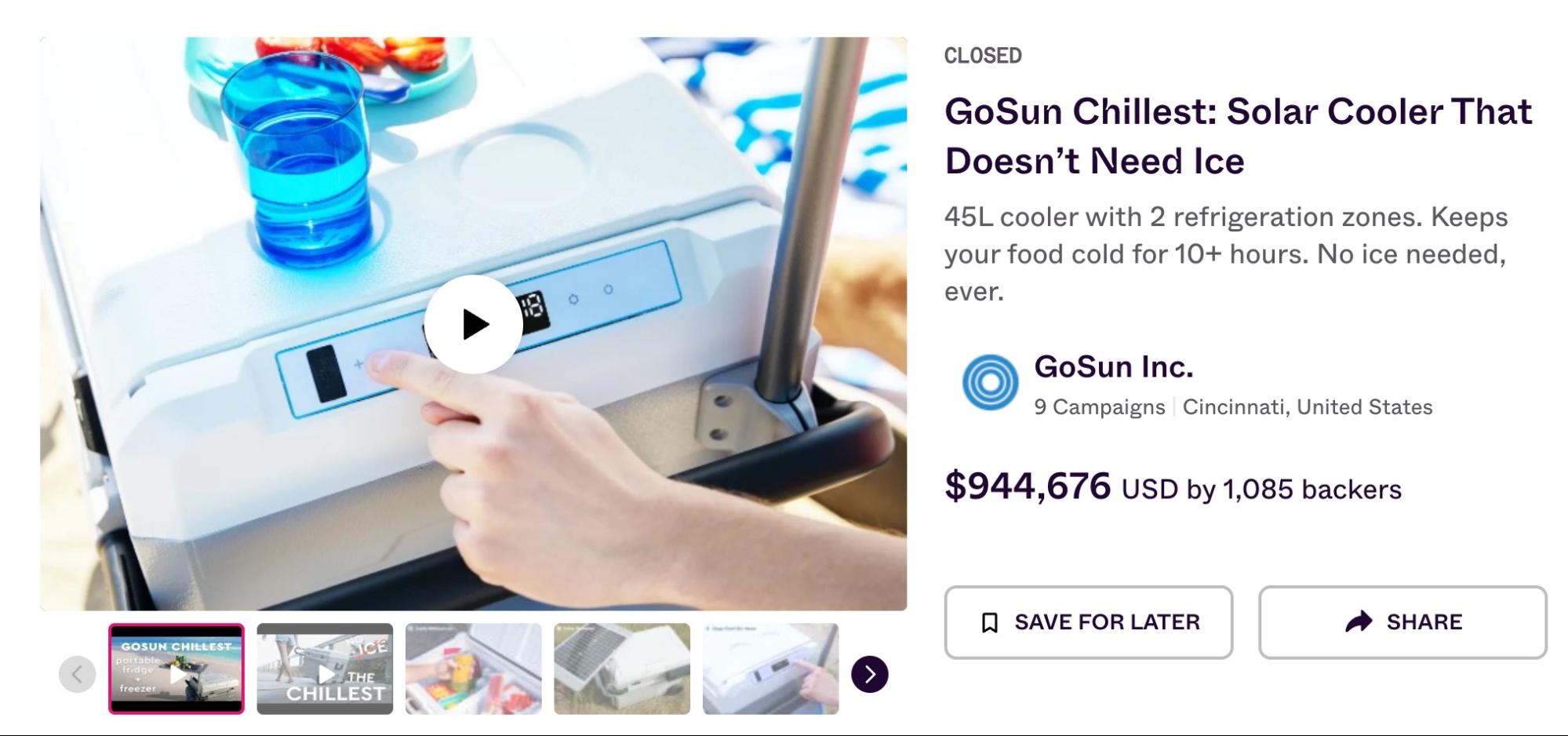
This solar-powered cooler that ultimately raised $944,676 launched in early summer—when people were planning beach trips and picnics, when the sun felt hot on their skin, when cold drinks in a cooler seemed like the answer to an immediate desire.
Our ads showed people using the cooler at the beach, in parks, at outdoor gatherings—places that resonated with their current mindset and immediate plans.
When did backers actually receive their coolers? January—when scarves replaced swimsuits and hot chocolate replaced cold beverages.
This timing might seem illogical if you think about delivery schedules, but it aligns perfectly with how people actually make purchasing decisions. Backers buy based on desire they feel now, even when fulfillment lies months in the future.
Had GoSun launched in winter, reasoning that “people will receive the product in summer when they need it,” the campaign would have fallen flat. The emotional distance between current reality and future use would have been too great to bridge.
For seasonal products, launch when the desire for your solution burns brightest—not when logical delivery timing would suggest.
How To Know When You’re Ready to Launch
It was September 2022 when Audrey faced a founder’s nightmare. After months of preparation, her Kickstarter campaign had failed.
The amount raised fell short of what she needed to manufacture her product. With a heavy heart, she clicked the “cancel” button on her campaign page.
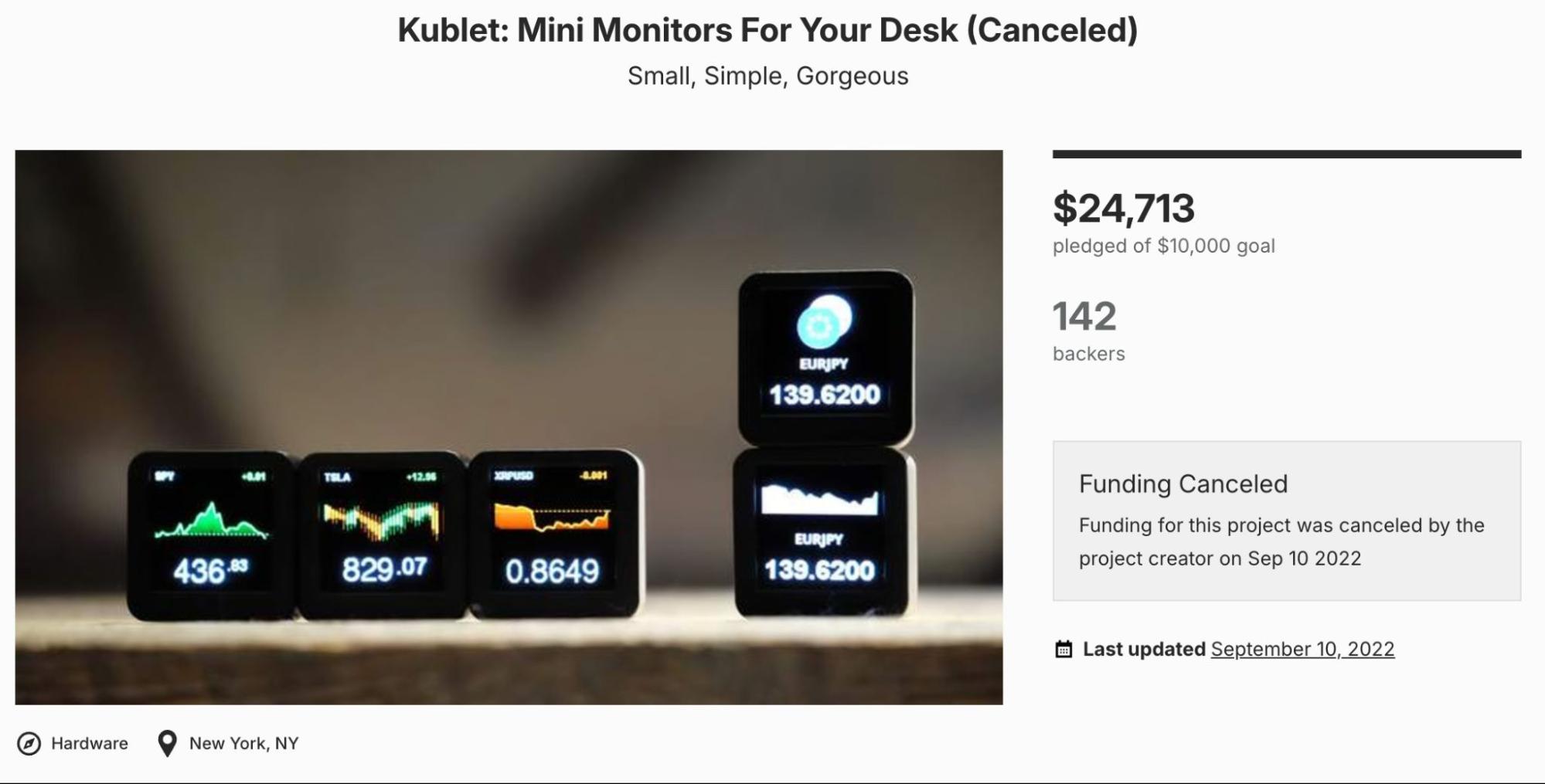
Before launch, confidence had run high. She’d thought she was ready. The market proved otherwise.
But Audrey’s story didn’t end there. She possessed something more valuable than initial success: persistence.
She knew her product solved a real problem. She just needed the right approach to connect with people who shared that problem.
Fast forward one year. Audrey was about to press the launch button, but this time it was different. This time, she knew she was ready—not from hope or intuition, but from data. Working with my team at LaunchBoom, she’d built a foundation for success.
The result? Over $150,000 raised—six times her previous attempt.
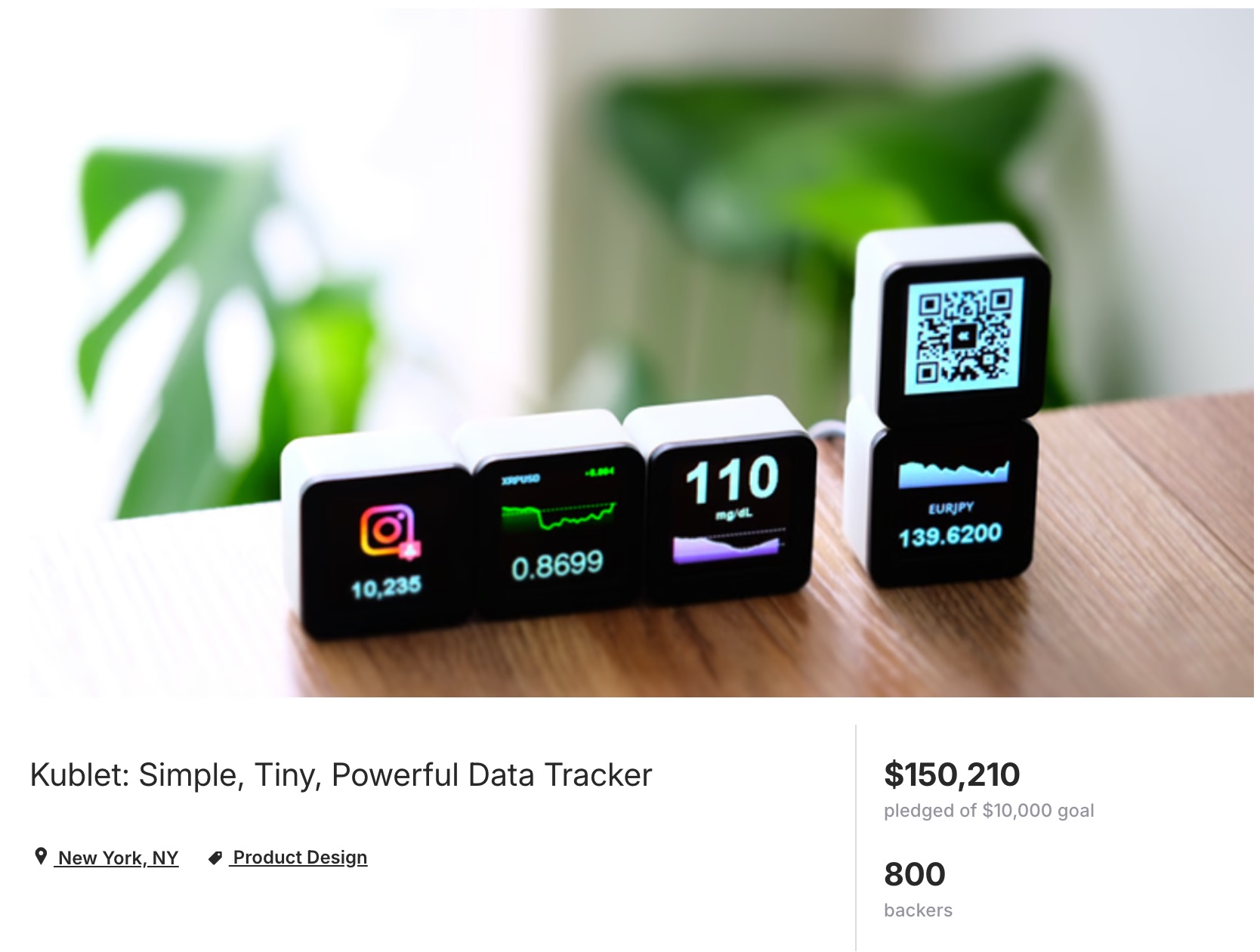
What changed?
The core of the LaunchBoom system centers on building an email list of superfans BEFORE you launch. These aren’t casual browsers or curious onlookers—they’re people who deeply want what you’ve created.
We build this list through a reservation funnel—a website that collects not just email addresses but one-dollar reservations. Those who put down $1 receive VIP status and access to your best launch deal.
For Kublet, Audrey’s VIP offer featured a compelling 47% discount off retail price, available only to those who made this small commitment upfront.
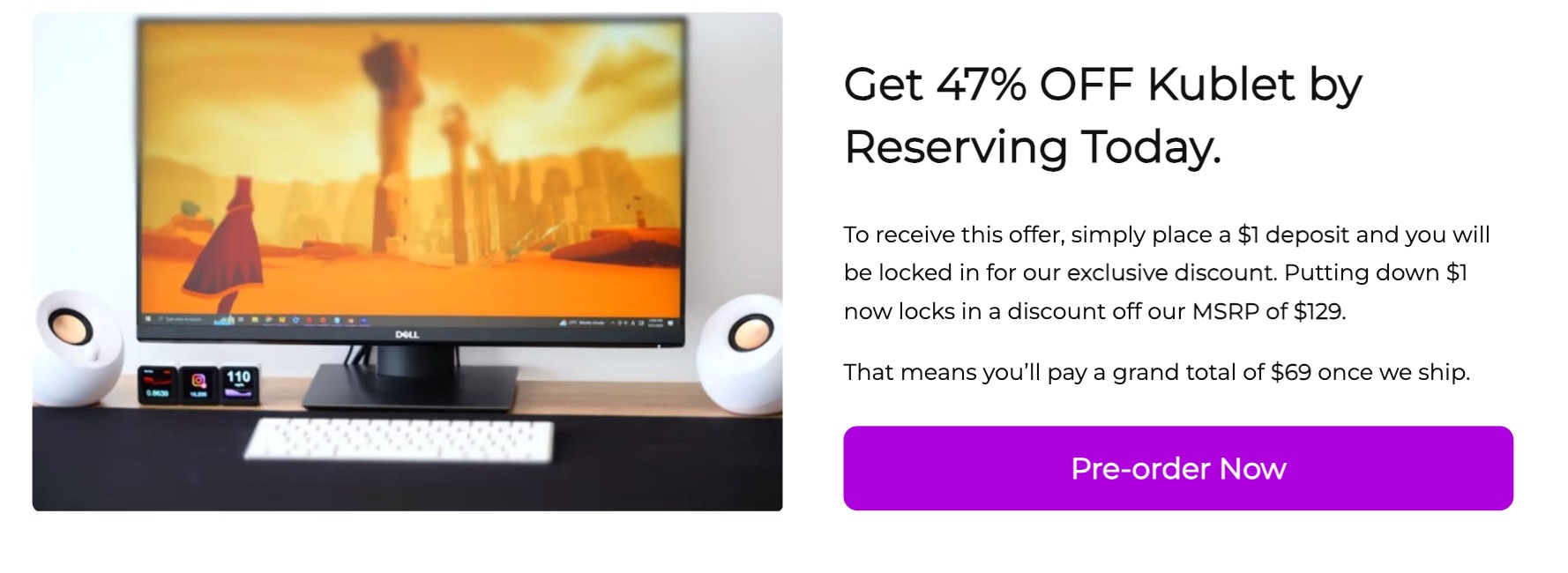
You might wonder if a $1 deposit really matters. Well the data is convincing: someone who makes this small commitment typically is 30 times more likely to back your project when you launch. Each additional VIP substantially increases your probability of success.
With a robust email list, launch day transforms from a question mark into an exclamation point. It’s like breaking a dam—a flood of backers rushes to your campaign immediately, propelling you up the popularity rankings and attracting free organic traffic.
So when are you truly ready to launch? When your email list has grown large enough to hit your funding goal on day one.
Before Audrey pressed launch the second time, she didn’t hope it would work—she knew it would. Her list provided concrete evidence of pending success.
This certainty is something I think is possible for every creator before they launch their Kickstarter.
Final Thoughts
Timing affects your campaign’s performance in ways both obvious and subtle. Let’s distill what we’ve learned:
- Tuesday rises above all other days
- Early morning in your audience’s primary timezone is best
- Any month can work except December—and to a lesser extent November—when holidays are in full swing
- If your product is seasonal, launch during that season
- Most importantly, launch when you are ready – when your email list is big enough.
Remember: timing isn’t everything, but it multiplies the effect of everything else you do. Get it right, and you amplify all your other efforts. Get it wrong, and even brilliant products can struggle to find their audience.
If you’re serious about launching your product and want guidance, my team and I would love to chat. Set up a call with one of our product launch experts, and we’ll work together to create the perfect launch strategy—timing included—for your unique vision.
Best Time to Launch a Kickstarter Campaign: Frequently Asked Questions
What is the best day of the week to start a Kickstarter?
Tuesday consistently outperforms every other day of the week for Kickstarter launches. This isn’t just theory—it’s backed by data from hundreds of thousands of campaigns. By Tuesday, people have settled into their work week rhythm after Monday’s catch-up rush, making them more receptive to new ideas. Email open rates also peak on Tuesdays, giving your launch announcements their best chance of actually being seen.
What is the best time of day to launch a crowdfunding campaign?
The sweet spot falls between 8-10 AM in the timezone where most of your potential backers live. This timing catches people as they begin their day, giving your campaign maximum exposure during its crucial first 24 hours. For US-focused campaigns, 8-10 AM EST works well because it allows both East Coast early birds and West Coast risers to discover your campaign on launch day, creating a powerful wave of initial momentum.
What are the best and worst months for Kickstarter?
May shows a slight edge over other months in our data, but the differences between most months remain modest. The glaring exception is December, which performs dramatically worse than any other month. During December, both launches and backer engagement plummet as holiday shopping dynamics clash with the crowdfunding model. Our internal data reveals an 87% decrease in average funding for December launches compared to our peak months of September and October. If your product has no seasonal ties, almost any month except December will serve you well.



